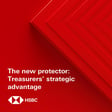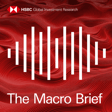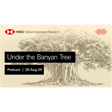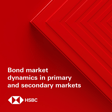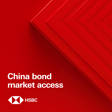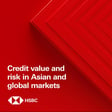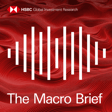
Strategic Role of Credit in Private Wealth
This episode is also available as a podcast, search "Global Viewpoint" on your preferred podcast player to watch, listen, and subscribe.
Marcio Bogoricin, PIMCO’s Head of Asia Wealth Management (ex-Japan), joins Guan Sim Ng, HSBC’s Institutional Client Group Head in Singapore for a dynamic discussion about the strategic role of credit in private wealth.
Watch or listen to their expert insights on what’s prompting Asia’s wealthy individuals to invest more in fixed income from its positive return profile to new opportunities in private credit.
This episode was recorded on the sidelines of the HSBC Asia Credit Conference 2025 in Singapore. Find out more here: https://www.business.hsbc.com/en-gb/insights/financing/strategic-role-of-credit-in-private-wealth
Disclaimer: Views of external guest speakers do not represent those of HSBC.






